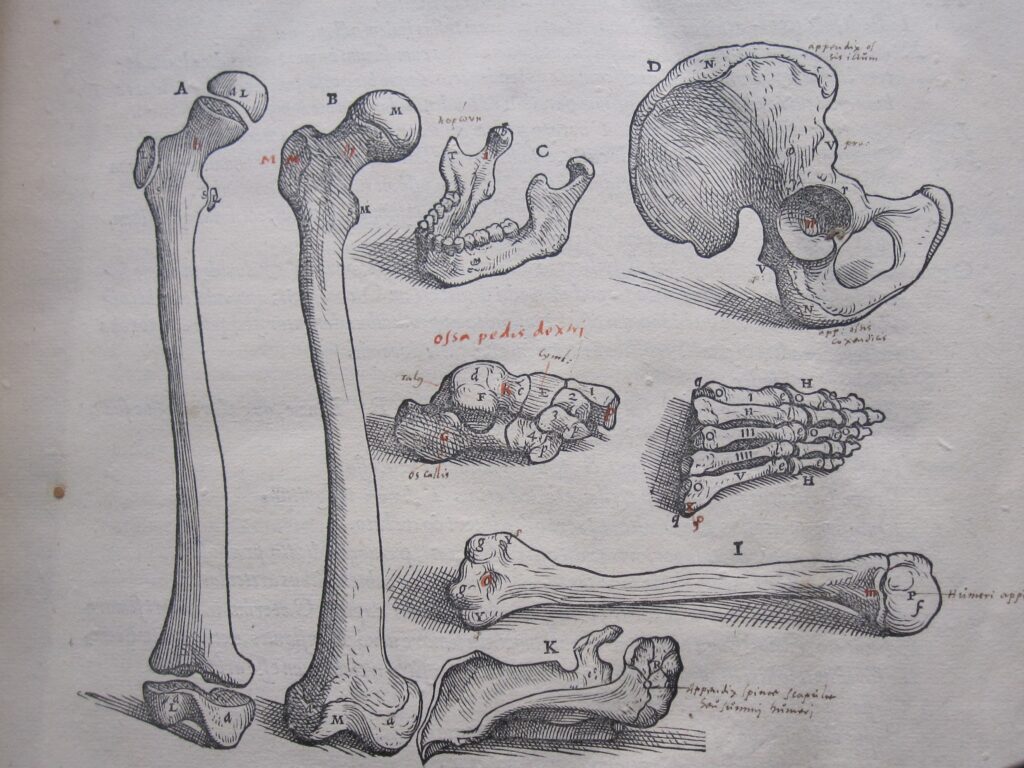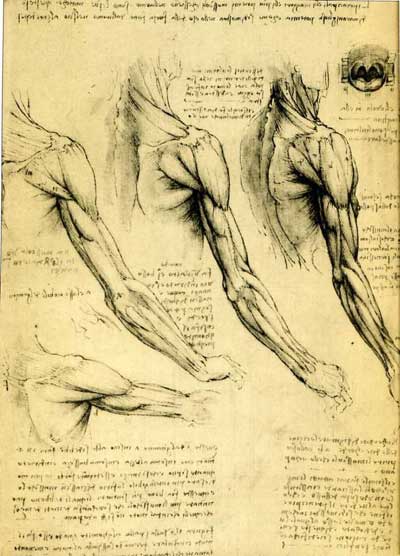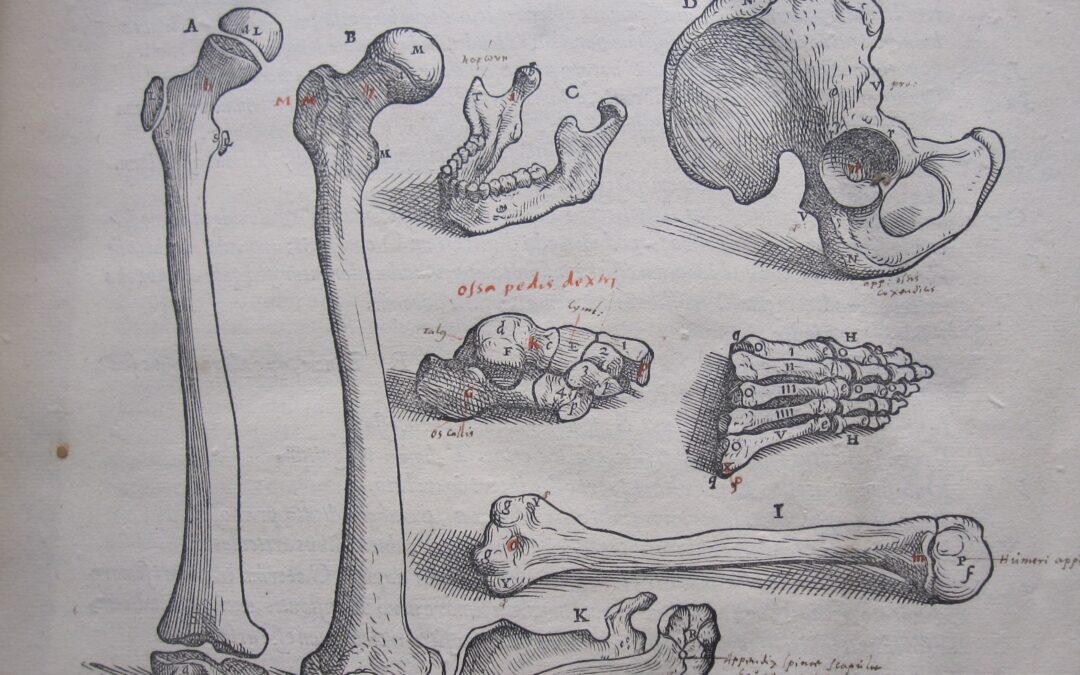These days, illustrated novels are hard to come by, continuing a hundred-year trend. In the early 20th century, novelists began to feel that their prose did not require any help from pictures. And observers of the current literary scene feel that visual media – movies, network television, and streaming services – have driven illustrated novels into near extinction. https://en.wikipedia.org/wiki/Illustrated_fiction
As I got deeper into writing The King’s Anatomist, I came to realize that in telling the story of Andreas Vesalius and his great textbook of anatomy, I had to show what I was writing about. Vesalius’s great innovation was to use an accomplished artist (or several, some think) to enrich his text with beautiful and accurate illustrations. It didn’t seem right to deprive readers of a direct look at a few of these revolutionary images.

Vesalius’s “muscle-men” and skeletons are the most famous (two of which are in the novel), but even his more mundane images are striking. The bones pictured in his textbook are as accurate and recognizable now as they were in 1543. Vesalius is rightfully known as the “father of modern anatomy,” but he was nearly beaten to the punch by an anatomist who was so hopelessly distracted by his other projects that he let this one pass. That guy was Leonardo da Vinci.

Aside from his great paintings and futuristic engineering designs, Leonardo did many human dissections and made hundreds of incomparable anatomical drawings based on them. In The King’s Anatomist, I made it possible for the young Vesalius to see these drawings, and have them serve as an inspiration to him. The drawing of the muscles of the arm pictured here is in my book.
Leonardo also recognized that the teaching of anatomy was dependent on illustration as well as written description. He wrote: “Dispel from your mind the thought that an understanding of the human body in every aspect of its structure can be given in words; for the more thoroughly you describe, the more you will confuse the mind of the reader and the more you will prevent him from a knowledge of the thing described; it is therefore necessary to draw as well as to describe.”
I couldn’t resist including some attempts at anatomical illustration that preceded Vesalius and Leonardo, as well as some representative Renaissance paintings that fit with the flow of the story.
If modern media have made us so dependent on visual input, why wouldn’t modern readers of fiction welcome illustrations? Publishers and authors agonize over book cover art and graphics. Millions of illustrated art and travel books adorn coffee tables around the world. Novel-length comic books, renamed “graphic novels,” are increasingly literate and in demand. My novel did not require original art, thanks to Vesalius, Leonardo, and other Renaissance artists. But surely there are novelists who sense the synergy of text and original illustrations in enhancing the portrayal of a scene; just as surely, there are artists who would jump at the chance to lend their skills and creativity to that effort. Readers used to treasure these books not only for their stories, but also because they were objects of art. Why not again?

